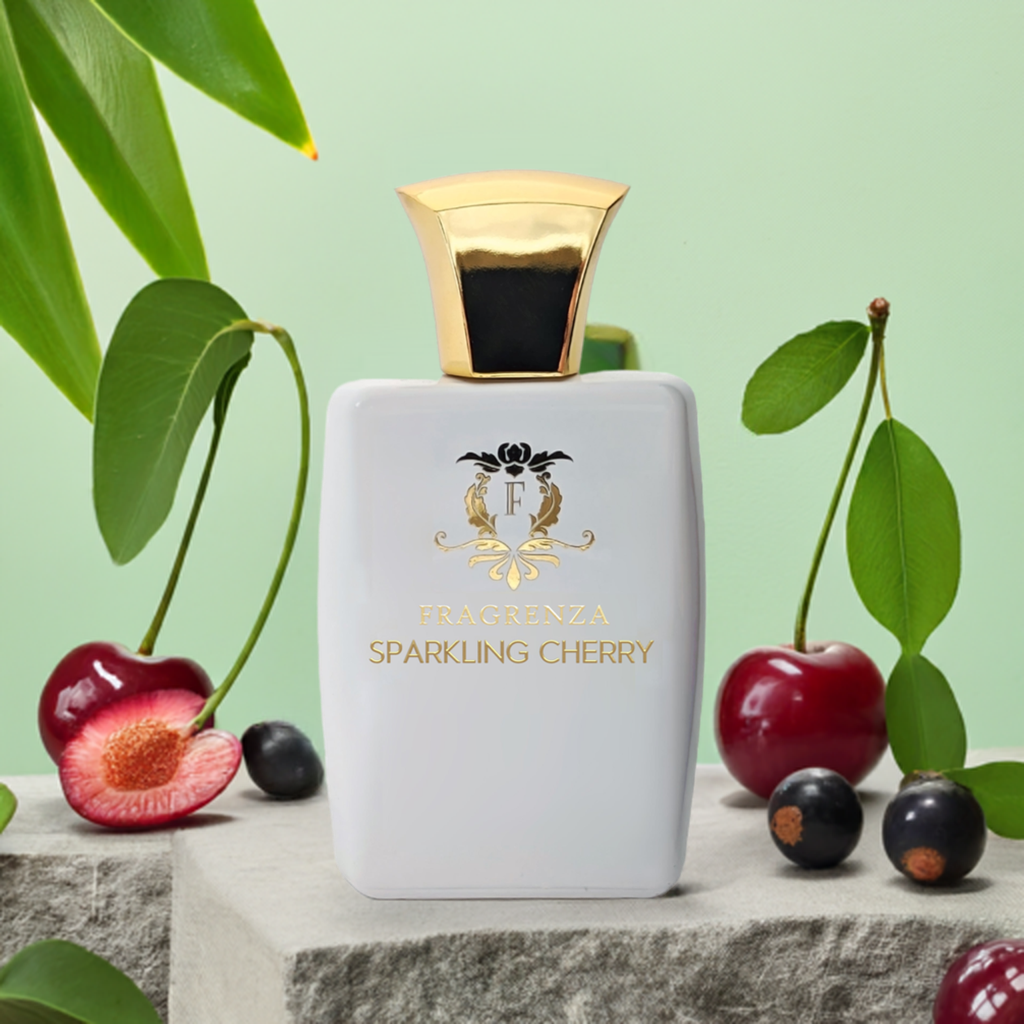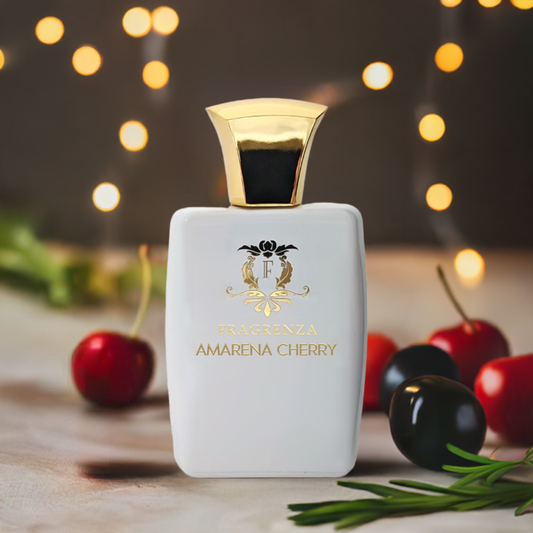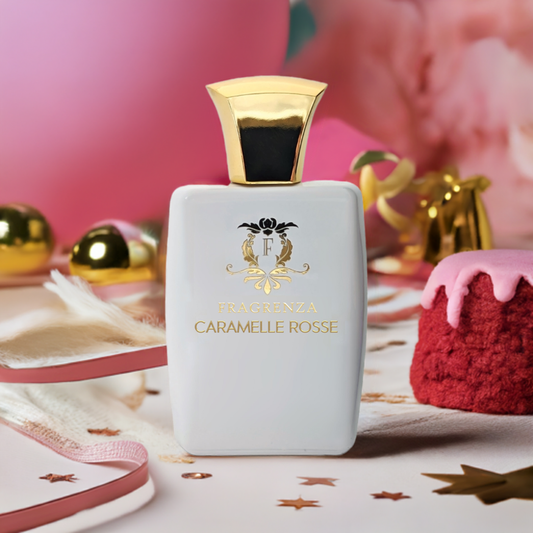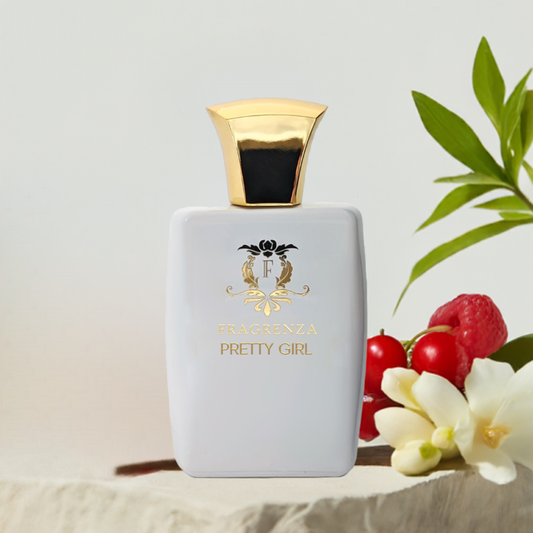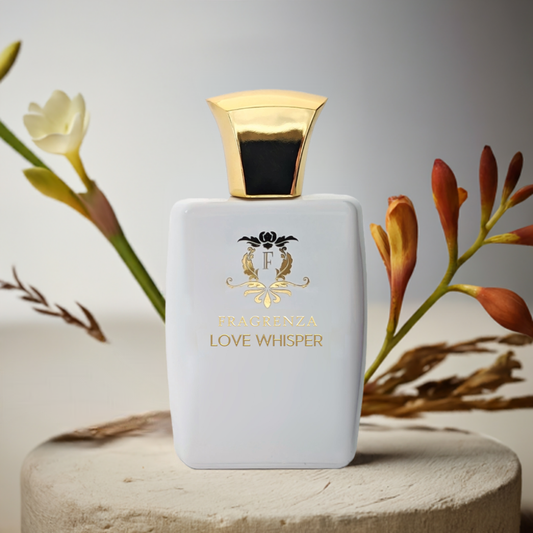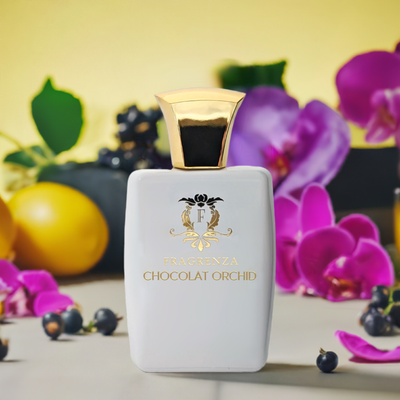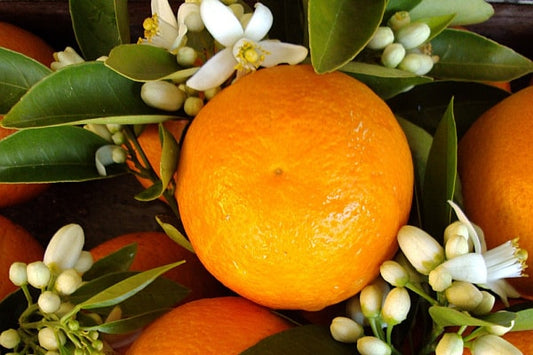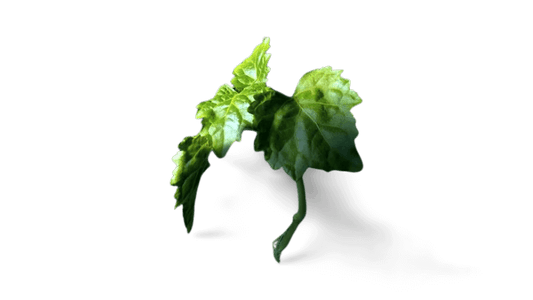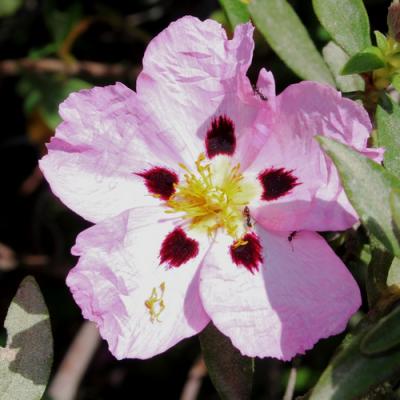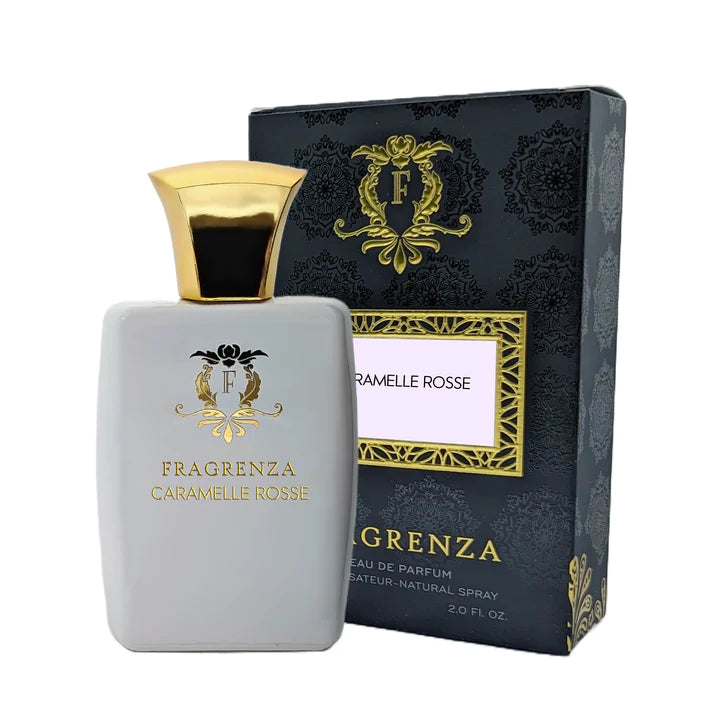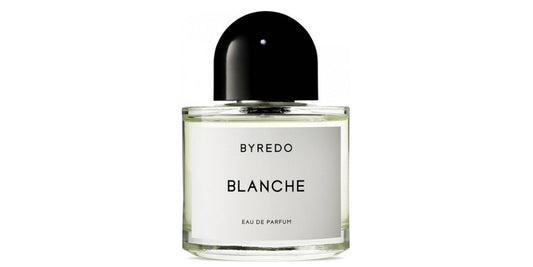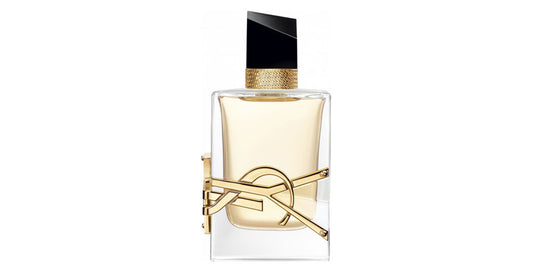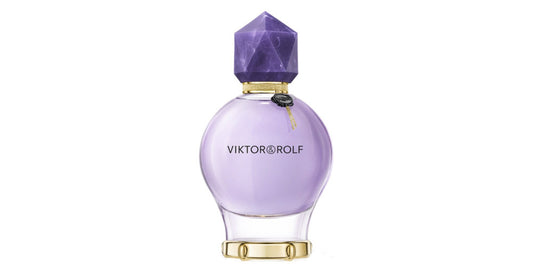Blackcurrant in perfumery

In This Article
The Origins of Blackcurrant
Blackcurrant is a smooth-skinned, highly aromatic black berry that typically forms clusters, adorned by remnants of the calyxes from the flowers they originate from. The history of this fruit dates back to ancient times, with the Greeks and Romans being well acquainted with it. The first documentation of its therapeutic properties dates back to the 12th century, which highlights its efficacy in treating gout attacks and insect bites. In 1571, botanist Gaspard Bauhin described blackcurrant as a table fruit, attributing several medicinal properties to it, including remedial effects for migraines, fever, and rheumatism. It was in the 19th century that blackcurrant began to be used as a liqueur.
Even today, blackcurrant is renowned for its numerous health benefits. It contains various B-group vitamins (except B12) and is beneficial during pregnancy, as it promotes proper fetal development, especially in the first trimester. Additionally, blackcurrant is effective in combating allergies, and its mineral content (particularly potassium and magnesium) and fibers aid digestion and help fight cholesterol. Blackcurrant cultivation is especially prominent in the Burgundy region, with Côte-d'Or being the leading French producer, contributing to 40% of the total production. Globally, Russia dominates blackcurrant production.
Blackcurrant in Perfumery
Blackcurrant's scent is as remarkable as its medicinal properties. It is one of the few fruits that can be used in its natural form in perfumery, utilizing both its leaves and buds. The scent extraction is achieved through solvent processes, resulting in an absolute with a green, tart, bitter, and animalistic aroma. Blackcurrant buds are harvested at the beginning of the year and are considered a highly expensive ingredient, reserved exclusively for luxury perfumery. It primarily features in fresh fragrances or masculine scents with coniferous notes.
Despite its hefty price tag, blackcurrant remains a popular ingredient among prestigious luxury brands. It is notably present in Kenzo's Le Monde est Beau, Guerlain's Chamade, Parfum d'Empire's Corsica Furiosa, and Annick Goutal's Vent de Folie.
Fun Facts About Blackcurrant
- Blackcurrant is also known as "cassis" in French, which has become synonymous with the famous blackcurrant liqueur produced in the Dijon region of France.
- Blackcurrant leaves have a strong, distinct aroma and are sometimes used in herbal teas or infusions.
- In the United Kingdom, blackcurrant is a popular flavor for cordials, jams, and even ice cream.
- Blackcurrant is a rich source of Vitamin C, containing more than four times the amount found in oranges.
